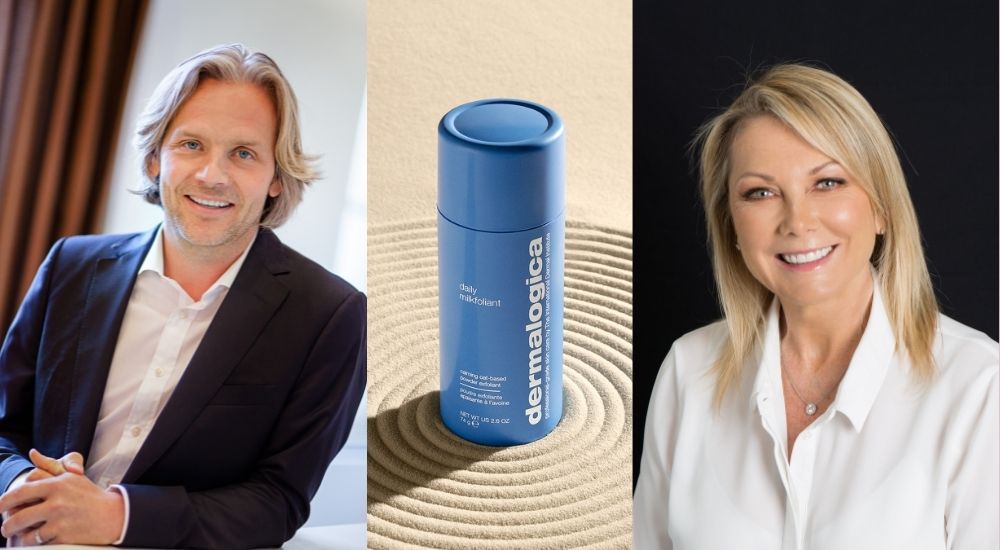Dermalogica has long been pioneers of ‘going green’ with incredible initiatives to reduce environmental long-term damage. Anita Quade chats to Global CEO Aurelian Lis and Director of Education Emma Hobson about the power of sustainable change.
Aurelian Lis, Global CEO, Dermalogica
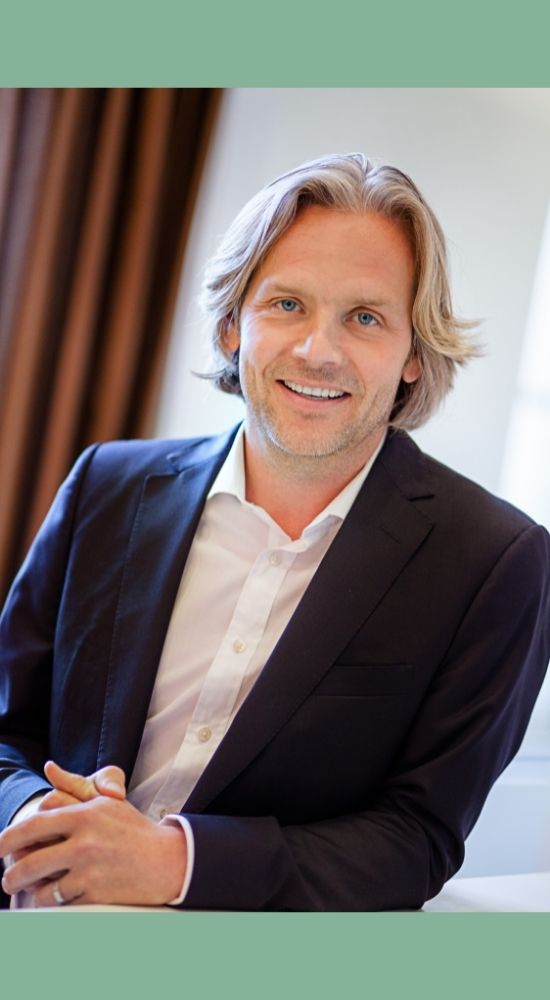
How difficult was it at the beginning to make “green” changes?
“We were committed to making meaningful sustainable change, so we added new positions in our global R&D and operations teams to develop sustainable solutions that would work for our businesses around the world. From there, the teams have been able to build strategic partnerships with key suppliers to collaborate on technology developments that were not readily available. Our mono-material pump is a great example of such a collaboration, and we have more items in the pipeline.”
Do you feel now skincare companies are much more aware of their environmental footprint?
“Yes, which is good for many reasons, not least that it sparks sustainable innovation across the industry.”
What are some of the easiest ways skincare companies can reduce their footprint?
“One of the simplest things we can all do is to make it easy for customers to recycle their empty skin care packaging. That includes education on which bottles, tubes, and jars are recyclable, and ideally providing ways for them to return compliant products. In the US we are embarking on a program to collect hard to recycle and non-recyclable products, with the intent to implement globally.”
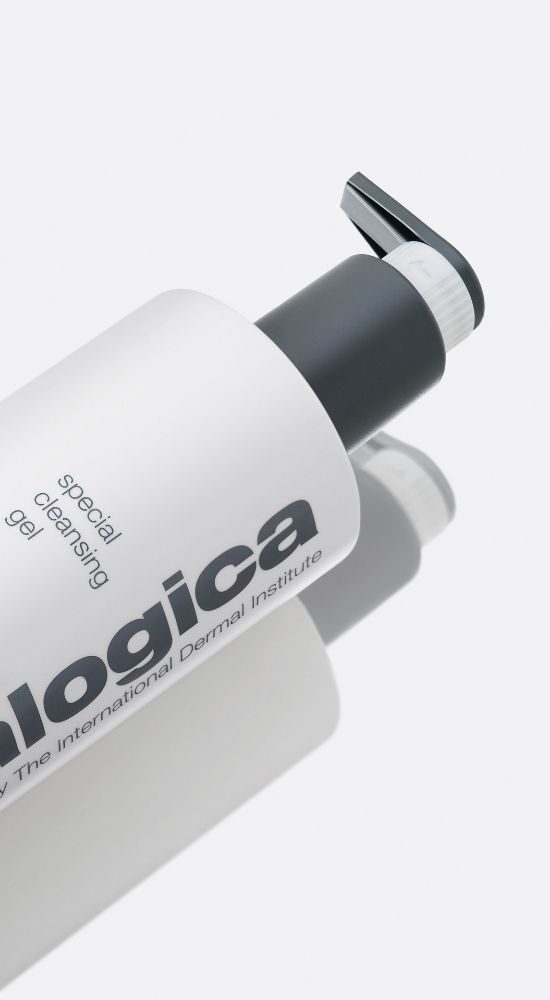
What is one thing you wish you could change immediately to reduce the impact of environmental damage?
“Collectively, the ability to recycle smaller items. So much of the skin care on the market is in small packets or sachets. Unfortunately, it’s difficult for municipalities to recycle items smaller than 5cm. That’s got to change.
Climate change is one of the biggest threats to our world today, accelerated by waste in landfills. Recyclable pumps reduce waste and make recycling skin care simpler. Traditional pumps include a metal spring, rendering them non-recyclable. Dermalogica’s mono-material pump consists of a single material, made of recyclable polyethylene, which allows both pump and bottle to be more easily recycled, while also using less virgin plastic overall. Being the first major skincare brand to launch these recyclable pumps puts pressure on other brands to follow our example and meet our precedent for sustainable packaging.”
Emma Hobson, Director of Education Asia Pacific, Dermalogica
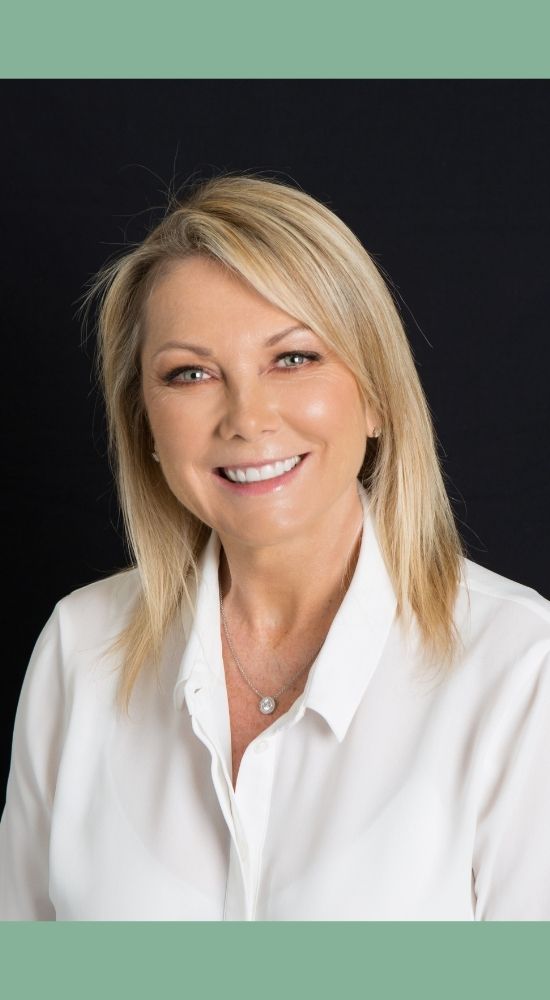
Emma, you have been such a pioneer as part of the team at Dermalogica when it comes to sustainability – why has this been so important to you?
“Personally, I have a deep interest in the impact each of us have when it comes to the environment. Climate change is real, and an incredibly pressing issue that individuals, communities, companies, and countries, I believe, should have as a pressing mandate for sustainable change. I fear for the survival of our planet, our natural world and all its inhabitants from the smallest to the largest of creatures if we don’t act now.
Therefore I was delighted to learn a few years ago of Unilever’s Climate Transition Action Plan and how that encompasses the same targets for sustainable change by Dermalogica.”
How difficult was it at the beginning to make these “green” changes?
“On a local level, we needed to take responsibility for what impact we make on our environment in Australia. We needed to ‘audit’ our footprint and see what changes we could make to improve our business practices around sustainability.
Firstly, we joined The Australian Packaging Covenant Organisation who have been incredibly supportive and informative and guided us with relation to improving our packaging and distribution within Australia. We employed the services of Sustainable Salons, in all our training centres and reviewed every sundry we used across our organisation and said can we purchase an alternative that would be more sustainable, if we could we changed it. We looked at our energy consumption, even reducing the hours the air conditioning was switched on and off at the offices and increasing the room temperature by a comfortable degree warmer to reduce consumption.
We set up a sustainable committee of passionate employees to drive our initiatives and seek new and better ways we could work as a collective group. We continue to provide regular education to our team on living a more sustainable life both at work and at home.”
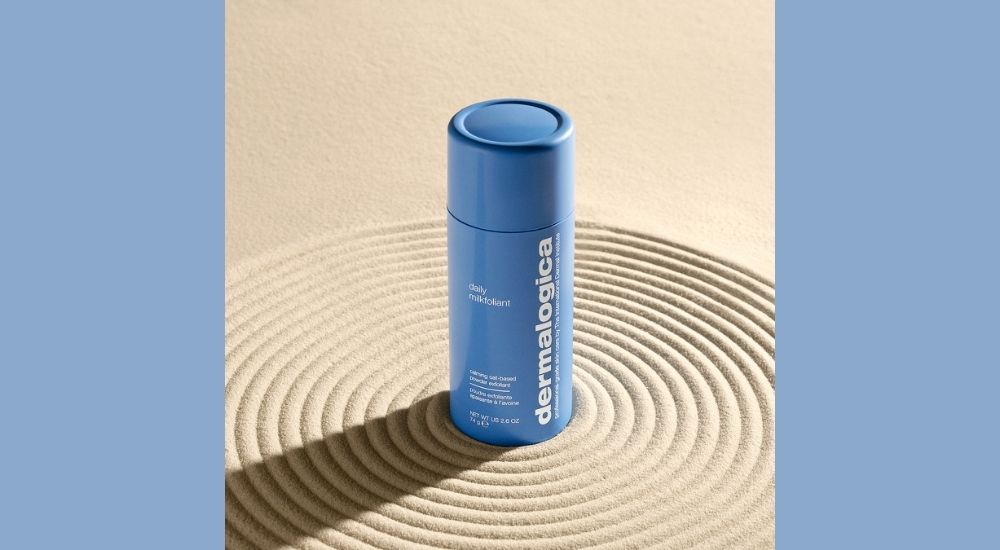
Can you tell me the impact these top three sustainable initiatives have had?
“Every positive change we make will have a ripple effect on the world we live in. By aiding the elimination of deforestation by having packaging created from wood approved by the FSC (Forest Stewardship Council) is one way we know we are making a difference. By scrutinising and sourcing all ingredients from suppliers who offer sustainably sourced produce is another, and to ensure by 2025 100% of our tubes, bottles, and boxes will be designed to be reused, recycled, and/or composted.
These actions speak clearly to our customers who make it one of their priorities to seek out companies following sustainability practices. It speaks to other manufacturers to also follow suit to ensure they are being kept accountable and it speaks to our employees who too care deeply for the type of company they wish to work for now and in the future.”
Do you feel now skincare companies are much more aware of their environmental footprint?
“I am delighted to say yes, they are. There are many who still have a lot of ‘catching up’ to do but it is front and centre on their radar for the changes they HAVE to make if they wish to continue to be taken seriously in the future by the consumer.”
What are some of the easiest ways skincare companies can reduce their footprint?
“As a starting point I’d suggest they join APCO and complete a packaging and distribution audit and see where they can start to implement sustainable change.”
You travel so much for work with Dermalogica – do you think Australia is ahead of the game when it comes to global awareness of sustainability?
“Sadly, no I do not. I travel on occasion to Scandinavia; they are streets ahead of us as are our close neighbours in New Zealand. We have a great deal of work to do but much needs to be done by government and especially local councils.”
Any more plans this year in regards to sustainability?
“It’s a continual ‘work in progress’. We will continue to strive to our goals and you will see this reflected in new packaging and improved business practices.
Every action has a reaction. For every positive change we can make to our packaging will have a positive impact on our environment and our legacy as a company. These changes are important and though there is much yet to be done, every action is accumulative and will take us to our greater goal.”
This is a cut-down version of an article that originally appeared in the May-June 2022 issue of Professional Beauty.
Read the current issue of our digital magazine here:
- For more news and updates, subscribe to our weekly newsletter
- Follow us on Instagram
- Like us on Facebook
- Join Australia’s largest network of beauty industry professionals on LinkedIn
- Subscribe to our print magazine
Have an idea for a story or want to see a topic covered on our site and in our pages? Get in touch at info@professionalbeauty.com.au.

